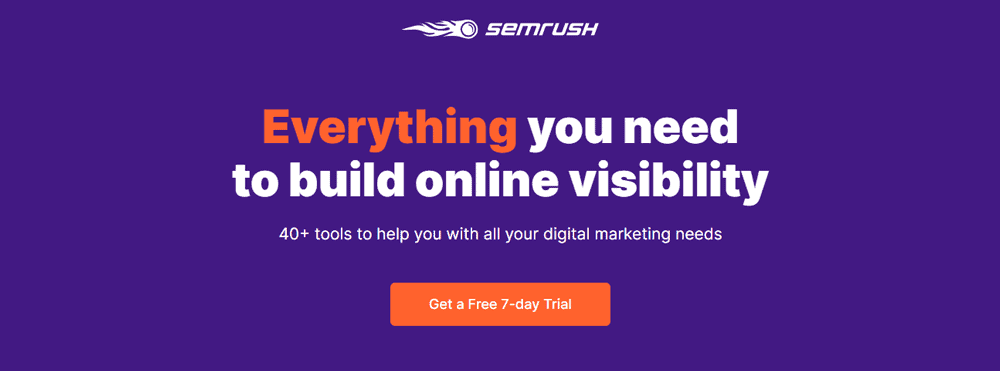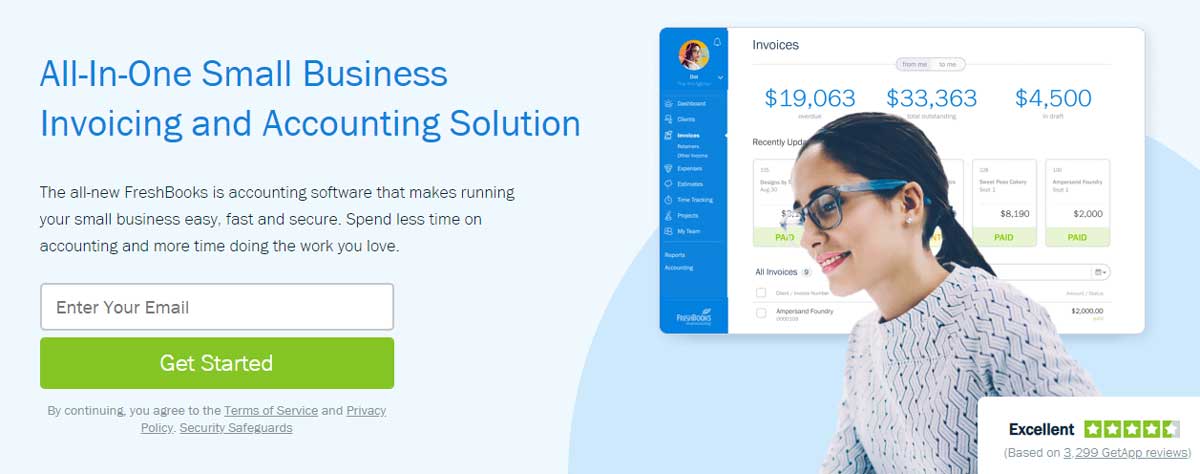
22 Oct 3 Strategies to Optimise Underperforming Content on Your Website
3 Strategies to Optimise Underperforming Content on Your Website
It’s not every day that your content performs as expected. No matter how much effort you put into research, writing, and promotion, there is no guarantee that your content will be “successful.”
But why?
Many reasons…
First, audience fatigue. While the supply of content is growing every minute, the demand is more or less static. This means there is a threshold to how much content people can consume. Maybe that’s why 50% of the content published by brands is unused, according to Forrester’s estimates.
Second, Google updates its algorithms frequently to weed out content that doesn’t provide value to people. Content that was popular yesterday may not be perceived as “valuable” by search engines today.
Third, the content preferences of audiences keep evolving. A little while back, static images were successful on social media. Today, there is a growing demand for videos, GIFs, and animated pictures.
And sometimes, the fault lies with your content. It may have lost relevance due to outdated content. Or, it may not be optimised for host platforms and their audiences.
Do you get the picture?
Good.
While Google’s algorithms and user tastes are unpredictable, your content’s quality is within your control.
It pays to revamp your underperforming content to extract a better return from it. Anyhow, it’s easier and smarter to improve existing content than to create content from scratch.
But how can you do that?
By following the three simple strategies, I’ve explained below. But first, let’s understand how to identify content that needs to be re-optimised.
How to Identify Underperforming Content
To analyse your existing content’s performance, you need to audit it for various criteria.
To do so, you can manually check the engagement and traffic your content is getting.
Sounds daunting, right?
It is.
A more efficient way is to use web analytics tools like Google Analytics. With a tool, you can procure data such as:
- Dwell time
- Sessions
- Bounce rate
- Clicks
- Click-through rates
- Impressions
- Conversions
Next, you can check your domain authority with intelligence tools like Moz. These tools produce metrics like the number of inbound links, no-follow/do-follow links, referring domains, etc.
Armed with these insights, identify content that has:
- High bounce rates
- Thin, duplicate, or outdated content
- Spammy backlinks
- Poor organic traffic
- Low engagement rates
- Poor conversions
Content that meets one or more of the above criteria should be refurbished.
Want a pro tip?
While vetting your content, you may come across posts that need major rewriting to salvage them. If that’s the case, it’s better to trash them and write a new post from scratch if the topic is still relevant and popular.
But this time around, research the topic thoroughly. Include timely, valuable information and stunning visuals. Keep readers hooked from start to finish.
In short, ensure it’s the most comprehensive resource on the given topic. Then, get it in front of your target audience by promoting it on relevant platforms and channels.
Now that you are familiar with the content audit process, let’s dive into optimisation strategies.
How to Improve Underperforming Content – 3 Simple Ways
When you apply the right optimisation methods, your content’s overall quality, authority, and ranking potential improve. Gradually, you’ll see an incremental increase in the traffic, authority, and engagement of the revamped pages.
Is there a catch?
Yes.
Even the best content-optimisation methods can fail if they aren’t supported by proper promotion and distribution tactics. When all of these processes work in tandem, a higher content marketing ROI is guaranteed.
That said, let’s get on with the best content optimisation methods.
1 – Optimise Off-Page SEO
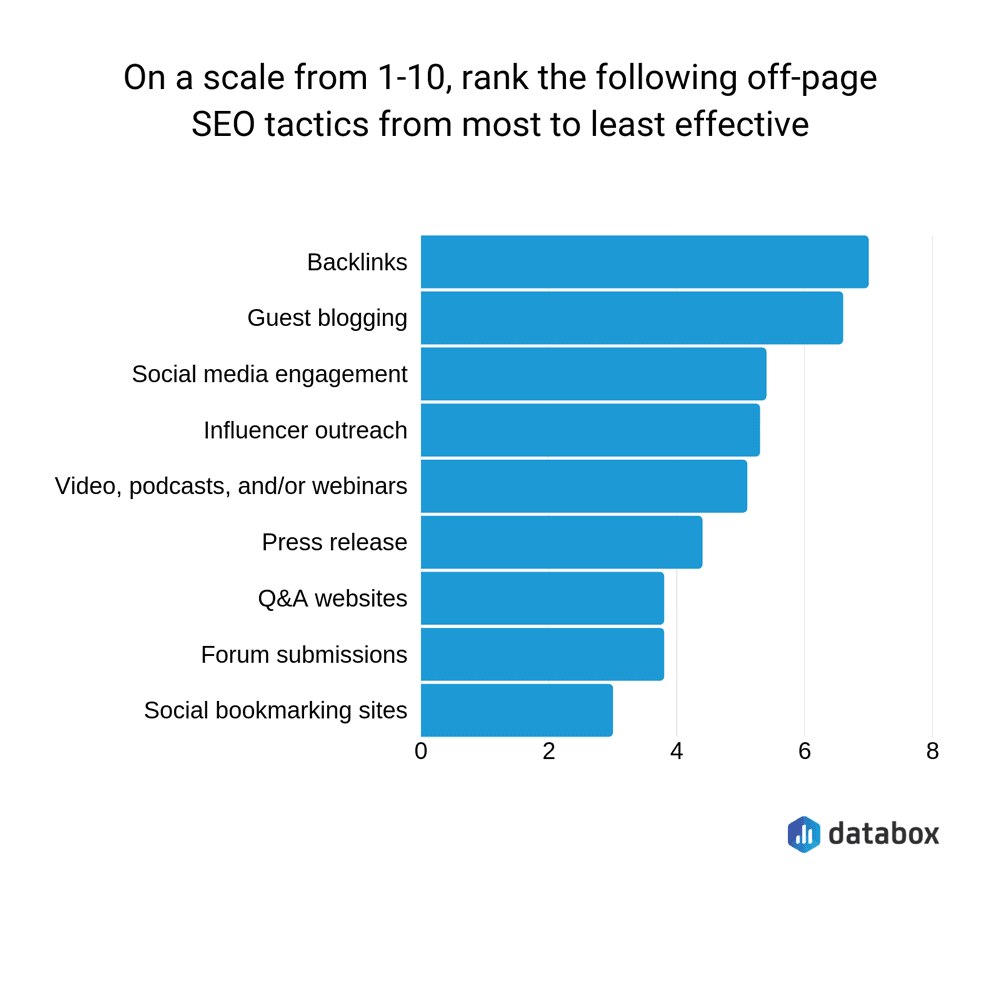
A great way to pump up your underperforming content is by improving its off-page SEO.
What’s that, you ask?
Let me explain.
There are three aspects of SEO:
On-page: This deals with how optimised your page is for keywords and what kind of user experience it provides.
Off-page: Inbound links are the crux of off-page SEO. When high-authority websites link to your content, it’s like a “vote of confidence” for you. Search engines assume that you have great content to offer – the kind that people should read.
Technical: When we talk about page speed and structure, that’s technical SEO. Pages with robust technical SEO are accessible for crawlers to navigate and index.
If all of this sounds too technical, you can hire SEO experts to evaluate your content from an SEO perspective. Accurate evaluation is essential to diagnose gaps in your content and figure out the best remedial tactics.
Your content may be high-quality and keyword-rich, yet tanking in the SERPs.
Sound familiar?
I feel your pain. And, I have the perfect solution for you: link building.
According to Dr Meyers of Moz, 30% of your content-marketing time should be dedicated to link building.
For Google, it’s hard to guess your content’s ranking potential unless quality links are pointing to it. Sure, in-depth, fresh content helps, but nothing works like a strong backlink profile.
To improve your link profile, here is what you need to do:
First, evaluate your backlink profile. Using tools like Serpstat, you get a helicopter view of the sites linking to your content. You can check each site’s DA (domain authority) and DR (domain rating).
With all of the metrics stacked out in front of you, it’s easier to compare backlinks objectively and disavow the unreliable ones. These tools can also spot linking opportunities, which you can exploit to replace your disavowed links.
The best part?
Advanced tools give you a sneak peek into your competitors’ backlink profiles as well. To make your job easier, you can replicate their successful strategies. Link building has never been more straightforward.
2 – Nail Your On-Page SEO
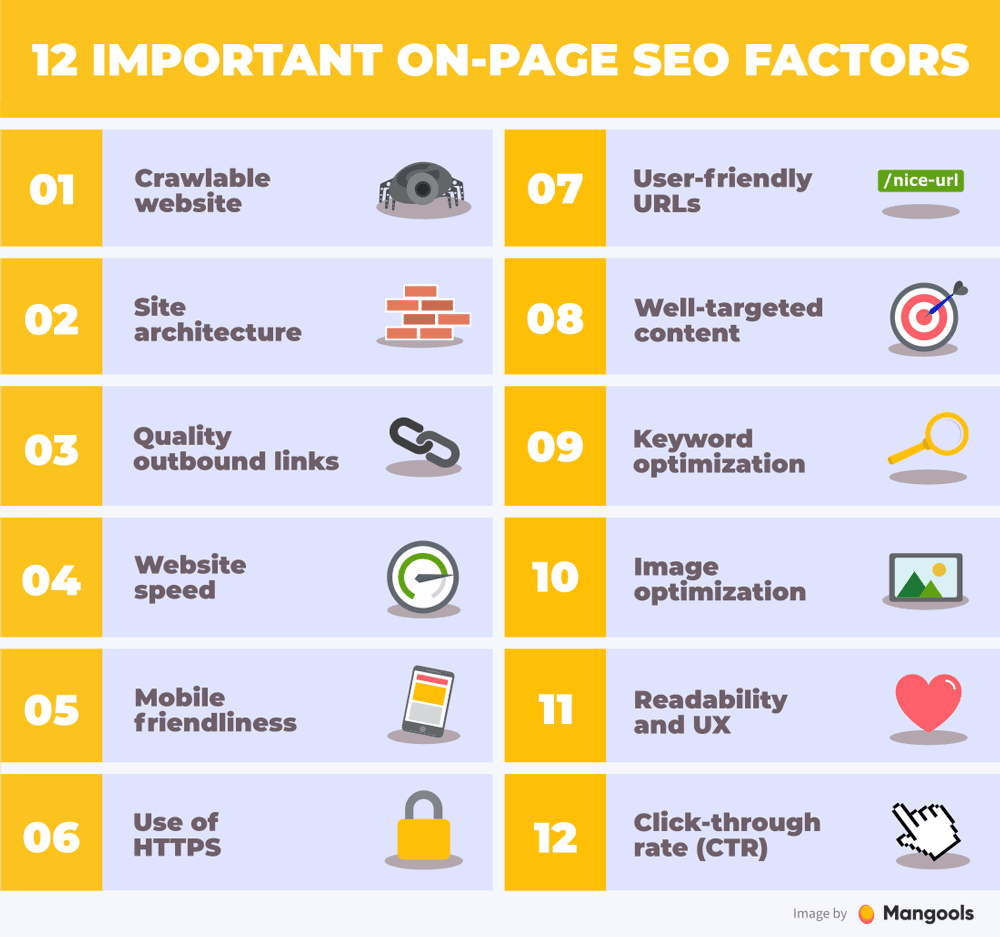
Next, you need to keyword enrich your weak content.
Start the process with keyword research, using the tools mentioned above. Discover search terms that your target audience is using to look for information/products in your niche.
If your content is long-form, there is scope for adding long-tail keywords (with >3 words). Use them wisely.
But what are long-tail keywords?
These keywords resemble the actual search queries that people type into Google. Hence, they match the user intent to a great degree.
For instance, “content marketing tips for beginners” portrays the searcher’s intent clearly. Just by looking at the keyword, you gain insights about the searchers. You know they are looking for educational, helpful content that is easy to digest.
As a marketer, you can easily convert these searchers by serving them on-point content.
Moreover, long-tail keywords help you rank well for voice searches as well. They are also cheaper to bid for in PPC campaigns and have lower competition, according to Instapage research.
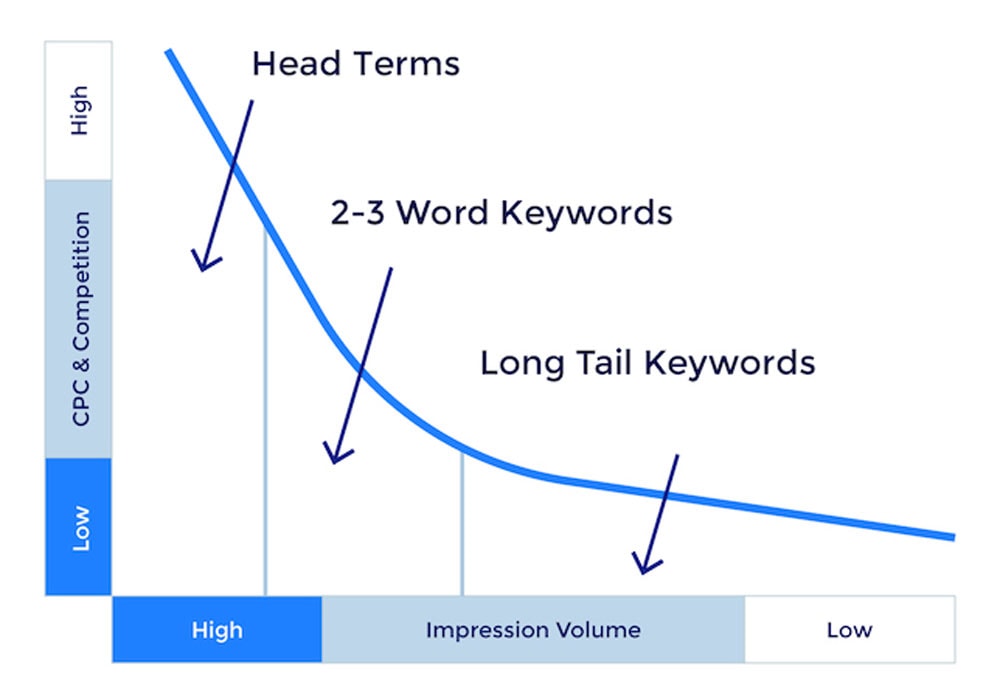
Granted, long-tail keywords drive conversions affordably, but shorter head terms have advantages as well. They are popular and more comfortable to integrate into most content types.
So, aim for a balanced mix of long and short keywords so that your content gets both visibility and competitive advantage.
Whichever keywords you plan to use, ensure that you don’t force-fit them into your content. Google crawlers are quick to penalise such blackhat tactics.
Then what?
Here are some best practices of on-page SEO that you should follow:
- Front-load your keywords in your titles, meta tags and meta descriptions since crawlers read from left to right.
- Don’t forget to include keywords in your content titles and subheadings as naturally as possible.
- Keyword-enrich image URLs and alt-text.
- You can include a ToC (table of contents) in long posts. Google may pick them as featured snippets for relevant queries.
Creating SEO-friendly content that Google loves is not a piece of cake. To get a winning edge, it’s better to outsource your content writing to professional service providers like Compose.ly. You don’t need to repeat a mistake more than once, do you?
3 – Refresh Your Underperforming Content

Before you start refreshing underperforming content, pause for a minute and think about whether or not it’s worthwhile.
Sometimes, it makes more sense to delete an older post than to invest time and energy into revamping it.
Say, you have an article on Google+ (which is redundant now), no amount of optimisation can breathe life into it. So, it would be best if you determined the payoff beforehand.
To refresh content, start with these steps:
Do new research: Update your content with fresh examples, statistics, and talking points. This way, you deliver more value to readers. Google also favours recently-updated pages.
Add visual content: Enrich your content with pictures, videos, and animation. But avoid generic stock pictures since they are not impactful. Instead, invest in photo editors that can create stunning visuals tailored to your specific needs.
Add internal links: To keep visitors glued to your website, link to other relevant pages in your website content. Check existing internal links and replace the broken ones.
Increase engagement opportunities: Include calls-to-action, social media handles, etc. on your pages to encourage visitors to engage with your content. Pack in as much actionable content as possible.
Focus on user intent: Create content that matches user expectations and needs. At the same time, stay away from clickbait techniques to bring people to your pages.
Repurpose content: Sometimes, changing the look and feel of your content can do wonders for its engagement. For instance, if your interactive infographic is not getting traction, why not remodel it into a static infographic or carousel post?
But what if the new format also tanks?
I can understand your apprehension. To reduce the risk factor, I recommend that you use content discovery tools.
These tools discover content that is performing well on different platforms. You can filter the results for your niche and keywords. This way, you can repurpose your content with confidence.
Ready to Skyrocket Your Underperforming Content?
In my experience, it’s useful to build your social media presence as you are updating your underperforming content. Once your content is publish-ready, you can simply ask your followers to read, like, and share it. That should enhance its visibility even more.
Can I help you with more content marketing advice?
Let me know what topics interest you in the comments below.




